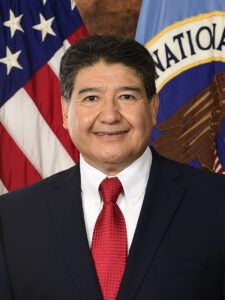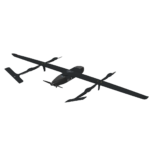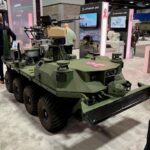
Cyber threats are occurring so rapidly that cyber defenses will eventually have to be automatic to counter them, the head of research at the National Security Agency (NSA) said on Thursday. “Cyber defenses need to be automated to be able to respond with the number of threats that occur,” Gil Herrera said during a webinar hosted by the Intelligence National Security Alliance. “Hardly a millisecond goes by where there isn’t some kind of probe that’s launched across the world.” Herrera…

 By
By 











